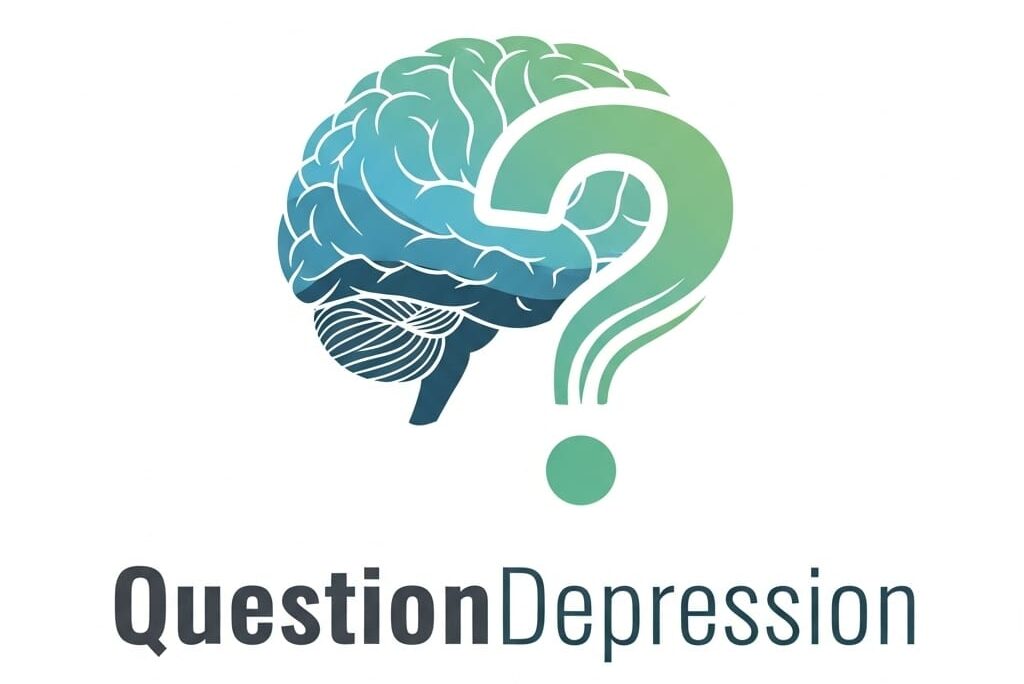It’s a very approachable therapy if your mental health struggles are tied to relationships, grief, life changes, or social isolation.
My full IPT guide can be found here.
- Understand what IPT is and isn’t
Before you commit, make sure you’re clear on what IPT involves:
-
- It’s short-term (usually 12–16 sessions).
- It is goal-oriented and focuses on your current relationships and roles.
- It’s not about digging into childhood or unconscious processes.
- You’ll work on a specific interpersonal issue (grief, role transitions, role disputes, or social isolation).
If that sounds like something that fits your needs, you’re ready for step 2.
- Find a qualified IPT therapist

IPT is a specialized approach, so it’s important to find a therapist trained in IPT, not just general talk therapy.
Here’s how to find one:
-
- Search directories like:
-
- Use keywords like:
“Interpersonal psychotherapy”, “IPT therapist near me”, or “IPT for depression”
-
- Filter by your needs: online vs in-person, insurance coverage, language, gender, etc.
- Book a consultation or intake session
Your first session is usually an assessment, where you and the therapist:
-
- Discuss your symptoms and history.
- Isolate important interpersonal issues (like grief, a recent breakup, or ongoing conflict).
- Set goals for therapy, like improving communication with a partner or rebuilding social support after a loss.
You’ll also get a feel for whether you click with the counselor, because that therapeutic connection matters to optimize treatment outcomes.
- Start the therapy process

Once you’re in, here’s what IPT typically looks like:
-
- Phase 1: Initial sessions (sessions 1–3)
-
-
- Diagnosis and symptom tracking (like PHQ-9 for depression).
- Find the main interpersonal issue causing distress.
- Set goals for therapy.
- Start building insight into how your mood is tied to relationships or transitions.
-
-
- Phase 2: Active work (sessions 4–12)
-
-
- Focused work on your chosen issue, such as grief, role change, or conflict.
-
-
-
- Learn and practice:
-
-
-
-
- Communication skills.
- Boundary-setting.
- Emotional expression.
- Conflict resolution.
-
-
-
-
- Homework may include journaling, role-plays, or trying new interpersonal strategies.
-
-
- Phase 3: Termination (sessions 13–16)
-
-
- Review progress.
- Prepare for the end of therapy.
- Make a relapse prevention plan.
- Reflect on what you’ve learned and how to use it moving forward.
-
- Understand the costs and coverage

IPT is often covered under:
-
- Public health insurance (in some countries with national health systems).
- Private health insurance (check your policy for “psychotherapy” coverage).
- Sliding scale therapists or clinics if money is tight.
If you’re in Belgium (or another EU country), check with:
-
- Your GP or psychiatrist for a referral.
- Accredited mental health centers.
Quick checklist:
| Task: | Done? |
| Understand IPT and what it focuses on. | ☐ |
| Search for a trained IPT therapist. | ☐ |
| Book a consultation session. | ☐ |
| Identify your interpersonal focus area. | ☐ |
| Begin short-term, structured sessions. | ☐ |
Join our forum and Facebook
Please consider joining our forum and Facebook if you enjoyed reading this and would like to chat with like-minded peers about anything depression related.
It would certainly go a long way toward making my dream of creating a thriving, supportive community a reality!

